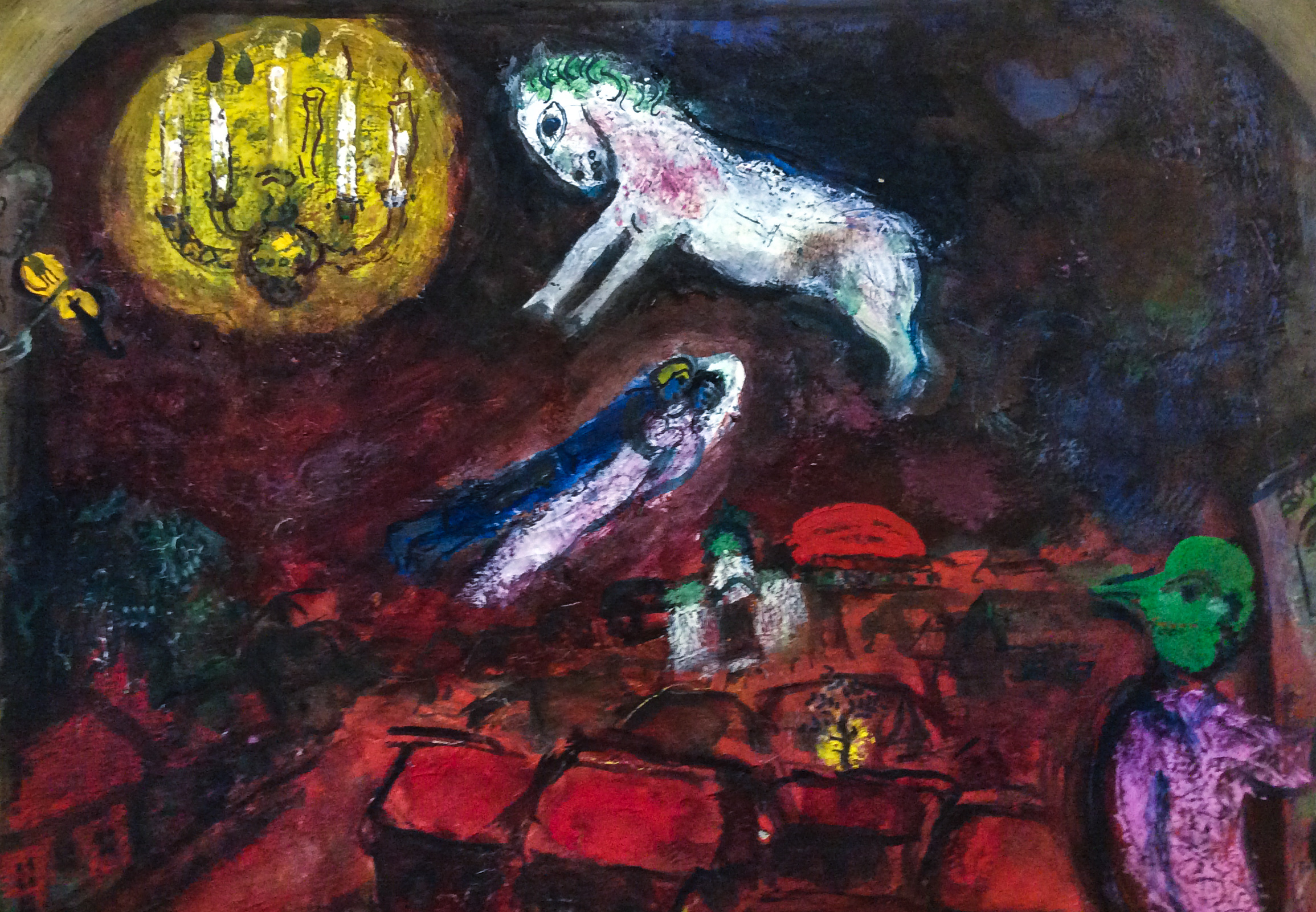Macha Theater Works Visits Flesh and Blood
This dramatization of Artemisia Gentileschi’s painting Judith and Holofernes certainly brings out the blood in Flesh and Blood: Italian Masterpieces from the Capodimonte Museum, currently on view at SAM.
One of the few successful female painters of her time, Gentileschi’s famous painting is hanging at SAM in Flesh and Blood, an exhibition of Renaissance and Baroque paintings. Judith and Holofernes provides one of the characters from the play, Blood Water Paint, recently restaged at Seattle’s 12th Ave Arts Studio by Macha Theatre Works. Playwright Joy McCullough‘s YA novel adaptation of Blood Water Paint won the 2019 Washington State Book Award and we couldn’t pass up the chance to bring these actors into the galleries to recreate a scene for you!
See this important artwork at SAM during Flesh and Blood, on view January 26. This exhibition offers a rare opportunity to experience the fierce beauty of art from the 16th and 17th centuries. Renowned Renaissance artists such as Titian and Raphael join Baroque masters including Artemisia Gentileschi, Jusepe de Ribera, Guido Reni, and Bernardo Cavallino to reveal the aspirations and limitations of the human body and the many ways it can express love and devotion, physical labor, and tragic suffering.
Based on true events, Blood Water Paint unfolds lyrically through interactions with the women featured in Artemisia’s most famous paintings and culminates in her fierce battle to rise above the most devastating event in her life and fight for justice despite horrific consequences.
Macha Theatre Works is a fearless female non-profit arts organization showcasing exceptional artists, delivering innovative education programs, and staging new theatrical works that feature strong female characters.

